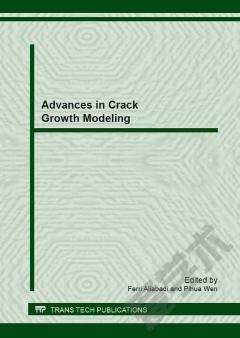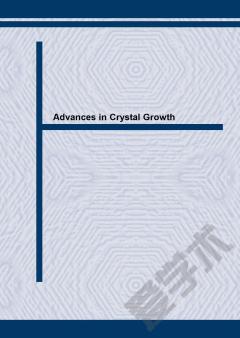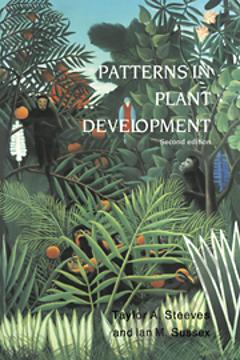Advances in Crack Growth Modeling
Crack growth is a complex phenomenon and difficult to model without assumed simplifications. In recent years, there has been an increasing realization that advanced computational methods such as the Finite Element Method, the Boundary Element Method and Mesh Free Methods can be used to simulate crack growth in complex structural parts. This special issue contains original papers written by active researchers in the field of computational fracture mechanics. The aim is to inform those in the fracture mechanics community who might not be at the forefront of computational research of the recent developments and techniques available and the wide range of applications for which solutions are now possible.
{{comment.content}}








 京公网安备 11010802027623号
京公网安备 11010802027623号